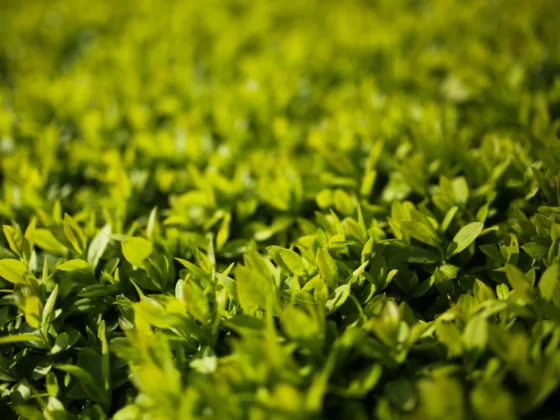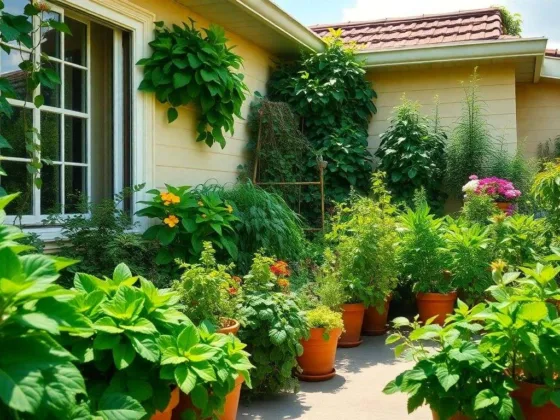Table of Contents Show
Winter is finally upon us. And, while you can count on Jack Frost nipping at your nose, you can also bet that he’s having his impact on your trees as well.
This is even though for the most part trees go dormant during the colder months. Despite this, there are certain things a homeowner can do to not only prepare their trees for the winter but give them a leg up in the springtime as well.

Along with having access to tree maintenance services, homeowners have four tips they can implement to make sure their trees stay robust and healthy for years to come.
Prune Your Trees
Wintertime is the best time of year to prune most species of trees since they go dormant during the colder months. Pruning also gives trees room to flourish by giving them a good basic structure and preventing damage such as limb failure.
When pruning, keep an eye out for limbs that are dying, diseased, or damaged. Removing limbs like these will prevent future health issues.
Keep Frost from Younger Trees
Younger trees are very susceptible to drops in temperature and changing weather conditions. This is especially true of tropical and subtropical species as well as saplings.
When temperatures get below 32 degrees, it is best to cover any plants and trees with burlap, sheets, or tarps that are large enough to trap the earth’s warmth that accumulates in the ground during the day.
Use a frame or stakes to minimize the contact of foliage and the cover.
Read Also:
Use Mulch to Preserve Moisture and Warmth
Homeowners who want to protect their trees and shrubs from the harmful effects of winter weather should use layers of mulch to help retain the much-needed warmth of the sun and moisture that comes from rain, frost, and snow.
Most arborists recommend using a layer of mulch that’s five inches or deeper and spread out two or more feet from the tree. This should effectively make a “donut” or circle around the tree.
Mulch can be nearly anything that is organic, including wood chips, with or without leaf matter mixed in. Most arborists advise against creating a mulch “volcano” around the base of a tree since this is likely to cause decay.
Keeping Soil Moist with No Rain
Winters in some areas can be dry with little precipitation. The resulting lack of water can be deadly for saplings and other plants. For this reason, keep plants, especially saplings, wet.
Water them about every week or two with from 10 to 15 gallons of water each time. Mature trees have deep roots, so you can water them about once a month or once every other month.
A good rule of thumb is to water them about 10 to 15 gallons of water per inch of trunk diameter from about four and a half feet from the base. For example, if you wanted to water a tree that has a ten-inch trunk, it would need about 100 to 150 gallons of water.
A tree this size should be watered slowly throughout the day to allow the tree to fully absorb the water and minimize run-off.
Trees are a wonderful thing to behold anytime throughout the year. It is during the winter, however, that the greatest advances can be made for how a tree looks throughout the winter and beyond.










